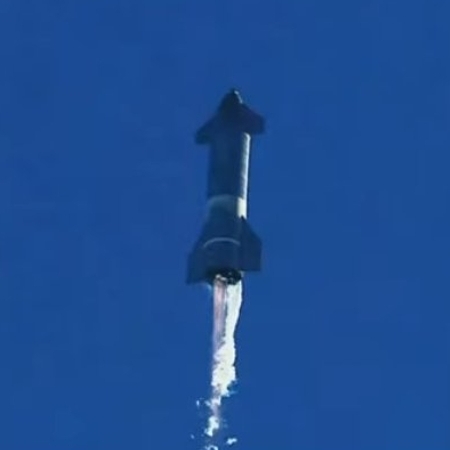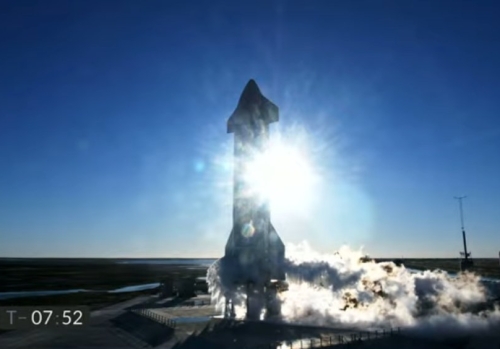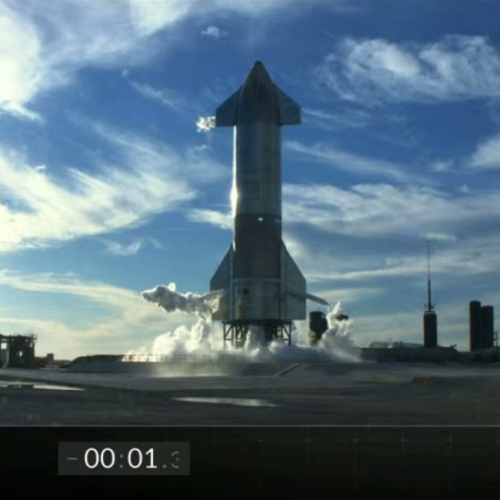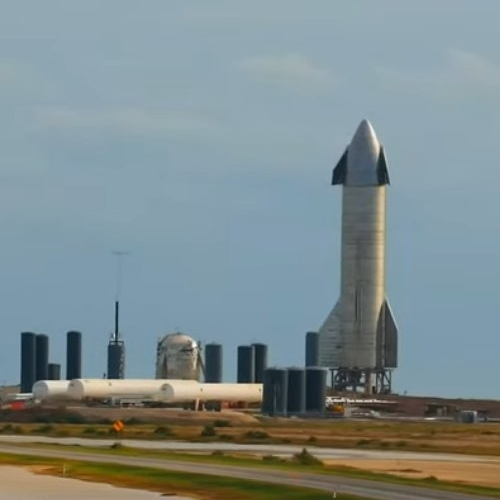SpinLaunch expands operations at Spaceport America in NM
Capitalism in space: SpinLaunch, the private launch startup that proposes to fling payloads into orbit rather than launch them in a rocket, has announced that it will be expanding its operations at Spaceport America in New Mexico.
The company already built a $7 million, 10,000-square-foot facility at the Spaceport after announcing plans last year to conduct all testing there on its new technology. Now, the company is doubling down, with plans to hire an additional 59 people and invest another $46 million over 10 years. The state Economic Development Department will support the expansion with $4 million in Local Economic Development Act funding, said EDD Secretary Alicia J. Keyes.
…Under its expansion, the company plans to actually build the centrifuge launch system at the spaceport, with test launches to start next year. “We expect by next summer to begin flight test operations at the spaceport, and we expect to continue to test new flight designs there for the foreseeable future,” Yaney told the Journal. “We see it as a permanent facility for us.”
The idea is fascinating, but I have some doubts. First, the accelerations will be so high that it might limit the company’s customer base, since many satellites will likely not be able to withstand those forces.
If it works, however, the company will have found a truly clever way to eliminate entirely the need for a first stage, and maybe even the second stage.
Capitalism in space: SpinLaunch, the private launch startup that proposes to fling payloads into orbit rather than launch them in a rocket, has announced that it will be expanding its operations at Spaceport America in New Mexico.
The company already built a $7 million, 10,000-square-foot facility at the Spaceport after announcing plans last year to conduct all testing there on its new technology. Now, the company is doubling down, with plans to hire an additional 59 people and invest another $46 million over 10 years. The state Economic Development Department will support the expansion with $4 million in Local Economic Development Act funding, said EDD Secretary Alicia J. Keyes.
…Under its expansion, the company plans to actually build the centrifuge launch system at the spaceport, with test launches to start next year. “We expect by next summer to begin flight test operations at the spaceport, and we expect to continue to test new flight designs there for the foreseeable future,” Yaney told the Journal. “We see it as a permanent facility for us.”
The idea is fascinating, but I have some doubts. First, the accelerations will be so high that it might limit the company’s customer base, since many satellites will likely not be able to withstand those forces.
If it works, however, the company will have found a truly clever way to eliminate entirely the need for a first stage, and maybe even the second stage.





